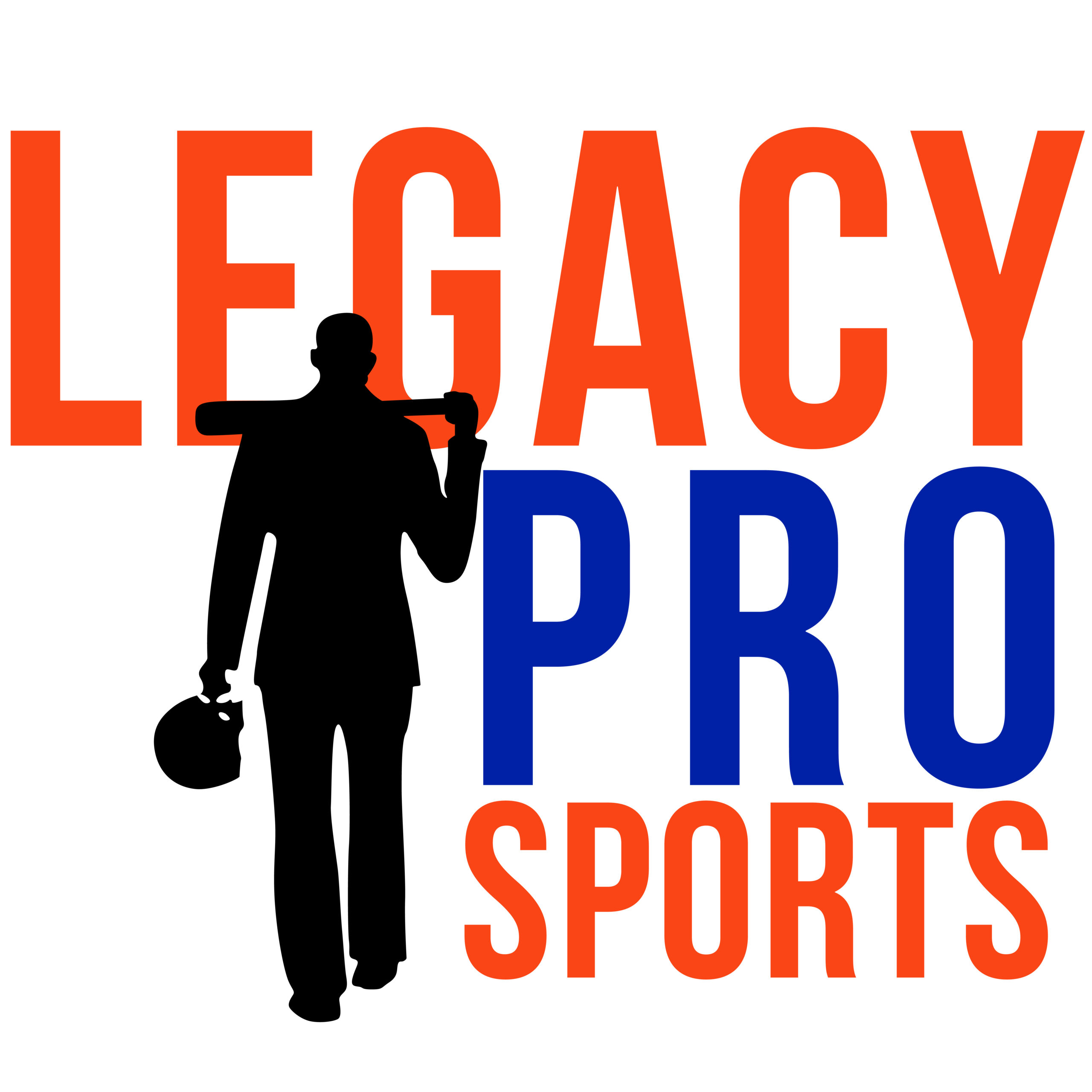In the ever-evolving landscape of college athletics, a seismic shift occurred with the introduction of Name, Image, and Likeness (NIL) legislation. For decades, college athletes were unable to monetize their own fame and recognition. However, with the NIL rules now in place, student-athletes have gained the ability to capitalize on their personal brand through endorsements and partnerships. This blog post takes an in-depth look at the world of NIL endorsements, exploring their potential financial impact, the factors that contribute to their success, and the implications for both athletes and the sports industry as a whole.
Understanding the NIL Revolution:
The NIL revolution has bestowed college athletes with newfound opportunities to earn income through endorsements, sponsorships, and other commercial ventures. No longer bound by the restrictions that prohibited them from profiting off their own likeness, athletes can now leverage their popularity to secure lucrative partnerships. This shift marks a significant departure from the traditional model and has raised intriguing questions about the financial potential of NIL endorsements.
The Lucrative Potential of NIL Endorsements:
NIL endorsements have the potential to be highly lucrative for college athletes, especially those who have garnered significant attention and a loyal following. Social media platforms, with their vast reach and influence, serve as powerful tools for athletes to connect with fans, showcase their personalities, and attract potential endorsement deals. By partnering with brands that align with their personal values and interests, athletes can create authentic and compelling content that resonates with their audience.
Factors That Contribute to Success:
Several factors contribute to the success of NIL endorsements, determining the financial gains that athletes can secure:
- Athlete’s Performance: Exceptional athletic performance and achievements can significantly boost an athlete’s appeal to potential sponsors. Championships, record-breaking accomplishments, and high-profile games can elevate an athlete’s marketability.
- Social Media Presence: A robust and engaged social media following provides athletes with a direct channel to connect with fans and share endorsed products or services. A sizable and active online presence can attract brands seeking to tap into the athlete’s audience.
- Personal Branding: Athletes who have cultivated a strong personal brand characterized by authenticity, relatability, and a unique story tend to attract more meaningful and lucrative endorsement opportunities.
- Niche Market: Athletes who excel in a specific niche or sport with a dedicated fan base can command higher endorsement fees from brands targeting that particular demographic.
- Alignment with Brands: Authenticity is paramount in the world of endorsements. Athletes who align with brands that resonate with their values and interests can create more genuine and effective promotional content.
Real-Life Success Stories:
Several college athletes have already capitalized on the NIL era, transforming their personal brand into a source of substantial income. Let’s take a look at a few real-life success stories:
- Spencer Rattler (Football, University of Oklahoma): Known for his on-field prowess, Rattler quickly capitalized on his popularity by signing a deal with Raising Cane’s, a popular fast-food chain. His charismatic persona and strong online presence made him an appealing choice for the brand.
- Paige Bueckers (Basketball, University of Connecticut): Bueckers, a rising star in women’s college basketball, leveraged her talent and engaging social media presence to land a partnership with Gatorade. Her relatability and authentic connection with fans made her an ideal fit for the sports beverage giant.
- Emoni Bates (Basketball, University of Memphis): Bates, one of the most highly touted high school basketball prospects, signed a deal with a Michigan-based cryptocurrency company. His potential on the court and unique positioning in the market contributed to the endorsement agreement.
The Ripple Effect on College Athletics:
The introduction of NIL endorsements has not only transformed the financial landscape for individual athletes but also has the potential to impact college athletics as a whole. As student-athletes start earning income through endorsements, they gain a sense of financial empowerment and independence. This shift in dynamics could influence decisions about staying in college versus pursuing professional opportunities earlier, impacting team dynamics and competition levels.
Navigating Challenges and Responsibilities:
While the potential gains from NIL endorsements are promising, there are challenges and responsibilities that athletes must navigate:
- Balancing Priorities: Athletes must balance their academic commitments, sports training, and endorsement responsibilities. Finding the right equilibrium is crucial to maintaining both their on-field performance and off-field income streams.
- Financial Literacy: With increased income comes the responsibility of managing finances wisely. Athletes should prioritize financial literacy education to ensure long-term financial stability and avoid potential pitfalls.
- Protecting Reputation: Athletes should be cautious about the brands and products they endorse, as their choices can impact their personal brand and reputation. Aligning with reputable and ethical brands is essential.
The world of college athletics has undergone a remarkable transformation with the advent of NIL endorsements. As student-athletes capitalize on their personal brand, the potential for financial gain has become a reality. Success in the realm of NIL endorsements hinges on a combination of factors, from athletic performance to social media presence and personal branding. These opportunities not only impact individual athletes but also have broader implications for college sports and the athletes’ own financial literacy and responsibilities. The era of NIL endorsements has opened new doors, prompting athletes to navigate a landscape that offers both exciting prospects and important lessons in financial management and branding.




